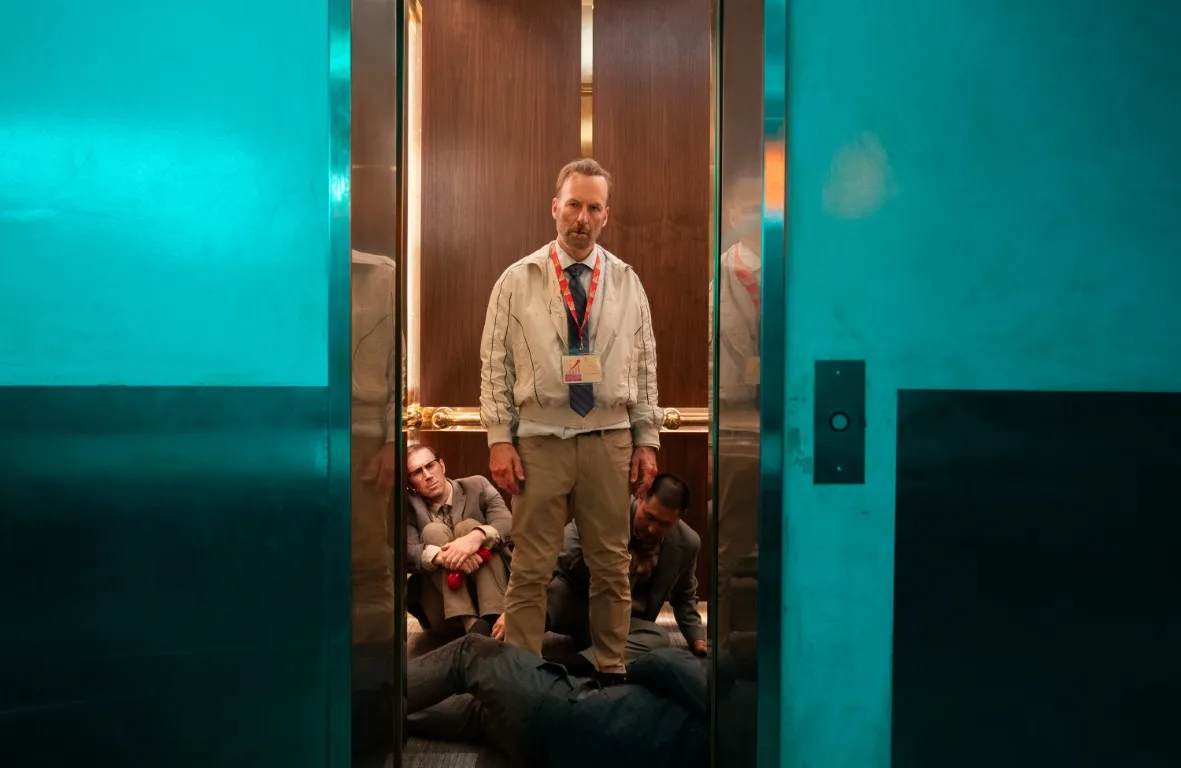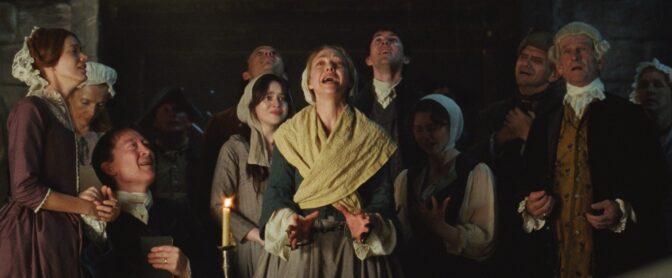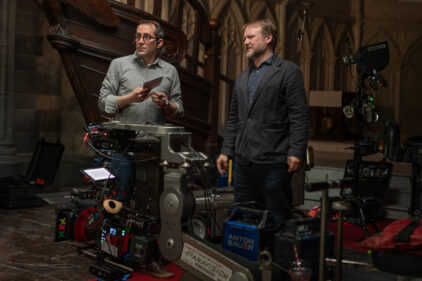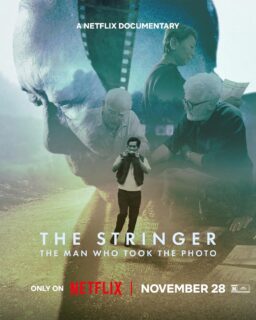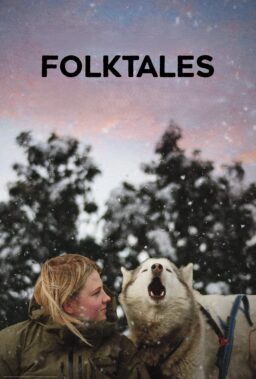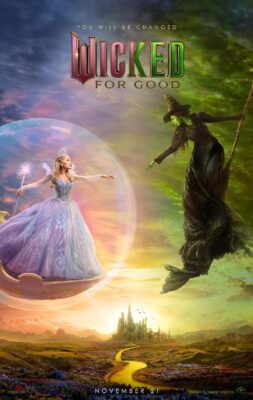Of all the post-“Taken” “can you believe this old character actor has moves like that?” action flicks, 2021’s “Nobody” was a particularly effective curiosity. There, the central surprise came from sketch and improv comedian-turned-dramatic-actor-turned-badass Bob Odenkirk (best known for more than a decade of Emmy-winning work as the slimy, but charismatically tragic Saul Goodman in “Breaking Bad” and “Better Call Saul“), throwing haymakers and firing Uzis with all the wearied conviction of a master assassin. Amid all the “John Wick” level stunts and fights (delivered by “Wick” stuntmsters 87North; the series’ screenwriter, Derek Kolstad, also pens the “Nobody” movies), though, sits Odenkirk, delivering one devastating blow after another with all the frenzied confusion of a beta-male rediscovering his power. In the first film, his character, Hutch Mansell, was a mild-mannered suburban dad who responds to a home invasion by calling on a long-dormant skill set from his time as a fixer for a nebulous three-lettered spy agency. The results were devilish fun, aided by the deeper irony of playing the entire thing straight.
With the sleeper success of the first film, however, comes a sequel: “Nobody 2,” in which Odenkirk lands in a much more comfortable comic milieu. Now, the cat’s out of the bag, as Hutch gets back to work as a hitman to pay off his debts from the events of the first film; his family (including his wife, played by Connie Nielsen, and their two teenage kids) knows what he does, and is mostly just pissed he’s never home for dinner anymore. Desperate to rekindle the family chemistry and restore his work-life balance, Hutch suggests they all drive down to the sleepy vacation town of Plummerville, where his dad (Christopher Lloyd) took him and his adoptive brother (RZA) as kids. But more than the frustration of teenage growing pains and the agony of a vacation that isn’t as glamorous as planned, Hutch finds himself in the middle of a hostile gun-smuggling ring (led by an arch, camp Sharon Stone) who find his presence…. disruptive.
For Odenkirk, the “Nobody” films are hardly a one-off curiosity for him; they feel like deeply personal works, odes to the action films he grew up watching. For the first “Nobody,” he trained for months with the 87North stunt team to turn himself into a lean, mean fighting machine; “Nobody 2” stretches those abilities to the limit, aided by an even more relentless, inventive slate of action sequences courtesy of Indonesian action auteur Timo Tjahjanto (“The Big 4,” “The Shadow Strays“). And all the while, Odenkirk is there, his wearied gaze and quivering brow belying a stone-cold killer who seems almost burdened by the murderous rage that he brings to bear, an avatar for all the frustrated middle-class dads who wish they could do something about all the world’s woes.
For RogerEbert.com, Odenkirk sat down to talk about stunt work, the middle-aged anxieties that lie at the root of “Nobody 2″‘s interpersonal drama, and, of course, whether these films are his “Godfather.”
This interview has been edited for length and clarity. Slight spoilers for “Nobody 2” ahead.
I’m curious about your response to the first “Nobody,” which was such a huge swing for you. You had so much riding on it, you went through rigorous stunt training for months. It was a huge reorientation for your screen persona.
I mean, look, I made fun of action movies most of my career, right? On “The Ben Stiller Show,” we did a “Die Hard” parody, and once at a film festival, David Cross and I showed a Steven Seagal picture and we mocked it along with the audience. We used to do film nights in LA with the hipster alternative crowd, watching “Dolemite” films and stuff like that. Which I love! I have a great affection for those movies. But look, I risked making a huge ass of myself. But you know what? What do you got to lose? Your wife still loves ya. She has no choice. Kids have no choice, right? (shrugs)
Which is kind of the thread Connie Nielsen’s character runs into; she’s waiting for you at home, and the whole family is rolled into the adventure this time around. One of the things I enjoyed about the first “Nobody” is that there’s no shred of irony in you doing this; you wanted to see if you could do a kind of straight action movie. Here, it feels like you’ve got more room to play and lean into the comedy a bit more.
I come from comedy; if I wanted to protect myself, I would have put more ironic comedy in. Because then, I could say to my friends, “Well, I was just joking. I was just being funny.” But I was joking on a grand, meta scale.
Yeah, the ur-joke of “Bob Odenkirk is in an action movie.”
That’s right, yeah. So that was funny to all my friends. But if I wanted to make the movie work, and I did, I had to commit completely. It was almost like the audience coming in go, “Is he serious? Did he really want to make this movie and try to make something that lives in this world?” There had to be no doubt in my eyes that I’m trying to sell you this, and risk huge embarrassment. And here we are.
So do you feel like that gave you the freedom to be a little looser?
I think it did. So we go into “Nobody 2,” and that’s the challenge. In the first film, the character has a hidden past that he has denied, avoided, buried, and compartmentalized for 25 years, and then he explodes, right? We’ve done the explosion. So now what do you do? So now it becomes about work-life balance, which is a very modern thing.
I was going to say, I haven’t seen a movie about work-life balance with quite this many machetes. Not no machetes, but this many.
Yes! That’s the issue, especially in our modern culture of Zoom calls and work at home. When is your day done? It’s never done. Finish dinner and get on the Zoom. Do more work. We had to find a place for [the sequel] to go. We were pretty aware we couldn’t put the genie back in the bottle and say, “Okay, now Hutch sucked it up for another two years and he’s going to explode again.” Now he’s back in the game, he’s running a double life. There was always the implication that his wife knew who he was, which is great, because I think that reflects a real relationship. We have a story about why they met, and we wrote a flashback to how they met in various drafts of the film that didn’t make it it. Maybe it’ll get into the third one, if there is one. Fingers crossed.
After all, triples is best.
Triples is best! For safety! When I talk about these movies, it sounds like I’m talking about them as if they were my “Godfather.” But it’s got a lot of personal impetus inside it, it does. It’s an action movie and a genre movie, but so much of what drives the character, and what I consider the baseline tension of the story, is very directly related to marriage, family, and things I hope are relatable. Which is, I think, the reason the first one worked at all.
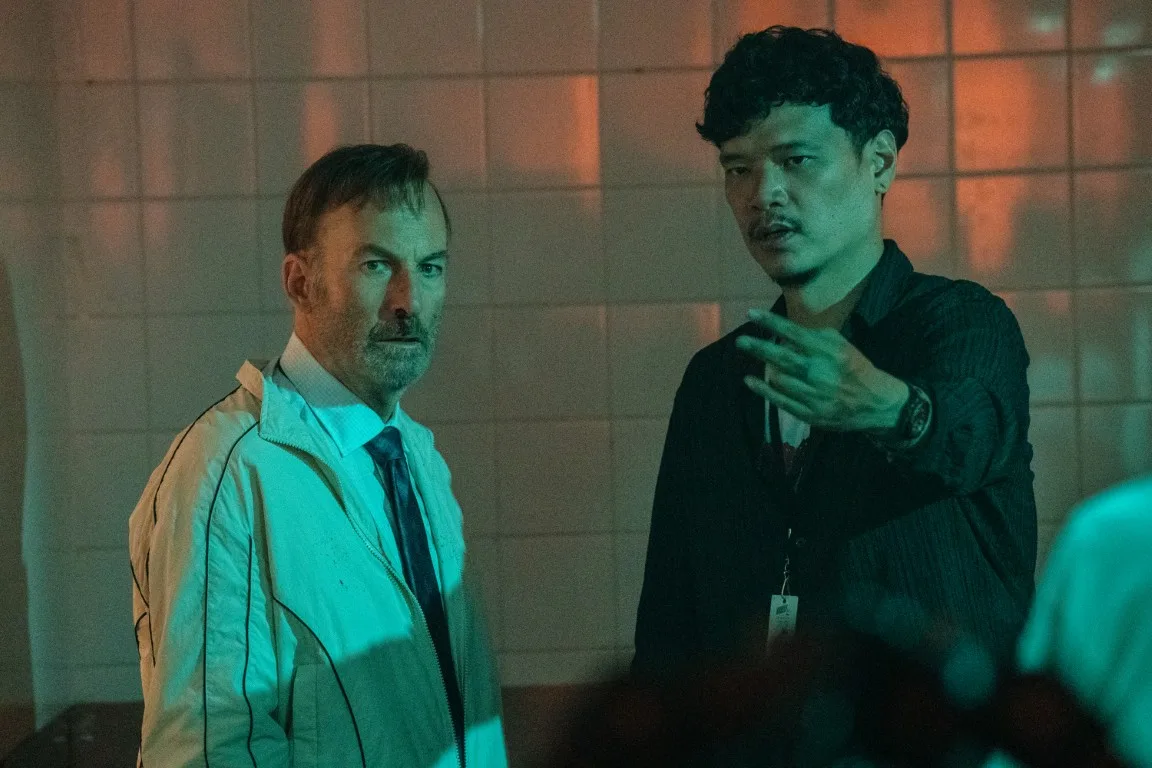
In this one, you switch directors to Timo Tjajhanto, who seems like such an excellent fit for the more comedic direction of his sequels, because he does all kinds of wild, ambitious stuff with his action direction. What drove the choice to grab him?
Ilya was busy, and I love Ilya. He did a great job. We were in a hurry, and Timo was available, and we talked to him. I’d seen his movies, and like I said to you, that earnestness mattered to me. I wanted to show the audience that I mean to do this: You can reject me, but if you go with me on this ride, I’m not going to cheat you. These movies mean a lot to people, absolutely, even as genre films. People get to play out their inner feelings in a grandiose, dramatic, cinematic way. I care, and I believe it, and I’m going to believe in them too, for the length of this movie. Timo is going to give you that; he’s going to believe in the stakes of the film and build them up. He’s going to make them filmic. He believes in the magic of film. I wanted our second movie to be a better, bigger film than the first. And Timo is the guy.
And through him, you get to do even more outrageous sequences.
He put more fighting in, yeah. That first fight with the five guys by the air conditioning vents, which is so great—that was shot on our camera test days. A few days before you shoot a movie, you do a camera test: The lighting guy will light the area of the studio, and you’ll get makeup and costume, and they’ll press record on the camera. You walk in, turn around, and walk out through various lenses. On our camera test day, we shot that scene. It’s one camera; all we needed was that set and three stunt guys. Timo made the most of every second we shot this movie. He got bigger sequences in that I knew would help us deliver and elevate this franchise. I did this movie because people loved the first one so much, and I felt like I owed them the best version of this I could make.
While you’re bringing up costumes, I was curious about the series’s approach to Hutch’s costuming. It’s so interesting, so dadcore; it’s not like John Wick, where Keanu Reeves is in a three-piece suit. The whole time, you’re in bomber jackets, hoodies, joggers.
They said, “What do you want us to get?” I basically said, “Old Navy.”
I have to imagine that made choreography a lot more comfortable.
Oh yeah. Hawaiian shirts are great to fight in.
The first outline for “Nobody 2” had Hutch and Becca in Italy, and my wife read it and said, “Oh my God, this is awesome, we get to go to Italy!” But I sat with it and said, “He doesn’t have to go to Italy.” This is really set at the [Wisconsin] Dells, in my mind. But you know the problem with the Dells? Besides no tax break, like there is in Winnipeg, where we shot this? It’s too nice. Part of the story here was the disappointment of Hutch taking his kids to see the place where he went when he was a kid. It’s great! The water park is huge, right? But he’s only remembering that as being big because he was a kid. Plummerville’s a smaller vacation town than even the Dells.
But it’s also the story of how you don’t notice your kids growing up. You’re taking an 18-year-old to the place you went when you were nine. You thought it was amazing, but he’s 18! It’s the dad thing of whether you can do that.
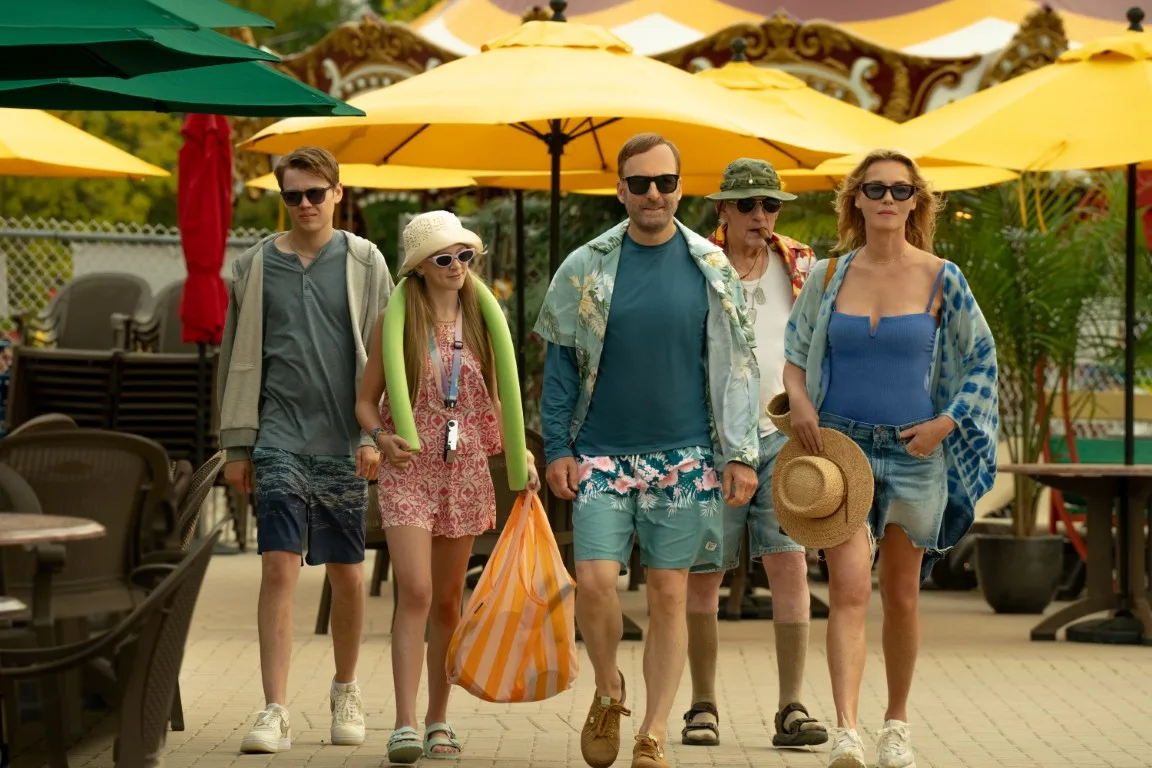
And it touches on Hutch’s rage issues, because the park brings out all of these little frustrations within the family and against his own memories. It’s like if Chevy Chase in “Vacation” could punch.
That’s a good slugline. I actually had a slug line for the movie which read, “Fun for the whole family,” but the marketing people didn’t want to mislead people into thinking it was a family film. There’s fun fighting in this, but also bloody, nobody-won fighting. Timo Tjahjanto is a master of that.
Speaking of the family, what was it like bringing Christopher Lloyd back for this one?
Chris Lloyd is up for anything! Those were all-night shoots at the water park for a whole week. Every day, he was there the whole time. Admittedly, he fell asleep in his lawnchair. But as soon as you said, “Chris, we’re going,” he got up and said, “Let’s go.” He loves making movies and loves acting. The best energy you’ve ever seen.
Speaking of which, I feel like this franchise gives all kinds of actors the chance to play badasses who don’t normally get to. Like seeing Colin Hanks play a tough-as-nails sheriff.
Now, he played a bad guy on “Dexter,” so I wasn’t the first guy to give him a bad guy role. I love Colin, I did “Fargo” with him, and I love his dad too, as an actor.
Oh, who’s his dad?
Just some guy.
Yeah, I hear he’s really into typewriters.
Yeah, he’s a typewriter fan.
But you know who else has a great energy? The RZA. He loves film, he’s a director as you know. He always brings the best energy to set.
Oh yeah, RZA gets a scene later in the film where I could tell it was scratching a very particular kung-fu movie itch for him.
But let’s hone in on the fights themselves. In particular, the duck boat fight, which must have been such a logistical undertaking. I’m curious about the challenges that lie in fighting while waterlogged.
I really wanted that fight in there. I went on a duck boat at the Dells when I was a kid, and if you go to any vacation town, they’re still taking tourists around on duck boats. I insisted upon it. I’m telling you, they tried to talk me out of it, because they said, “you don’t want to shoot a movie scene on the water. It’s just hell.” Well, it wasn’t so bad.
We had a great situation with this amazing crew, where they set up these platforms on two sides of the boat and moved them around the boat. It took an hour and a half each time, but you’ve just got a whole island out on the water, and you can only shoot two directions at a time, so you can’t see this massive crew on these other floating barges.
It took four days, was a pain in the ass, and was utterly necessary. It’s an absolute must if you’re doing a Midwestern vacation; you gotta get out on the duck boat. I also love that we left in the line where I object to the duck boats being pontoon boats. Because duck boats are a real thing! They’re a military vehicle. We had fun with the fact that Hutch actually does know what a duck boat is. To me, these things matter. It’s not a big joke, I don’t know how many people watching will go, “He’s right.” But it matters that you care about your story and ground the person like that.
Well, it matters to Hutch, too, because so much of it ties back to his lifetime killing hundreds of people, and yet the thing that matters the most to him is his son’s approval. Even that scene with you two in jail after the arcade scene, there’s that moment of “Do as I say, not as I do.”
Gage Munroe is a great actor, I can’t believe we got him. And Paisley Cadorath, who plays my daughter Sammy, lives in Winnipeg, and is a great actor, totally natural. She was awesome, every single take.
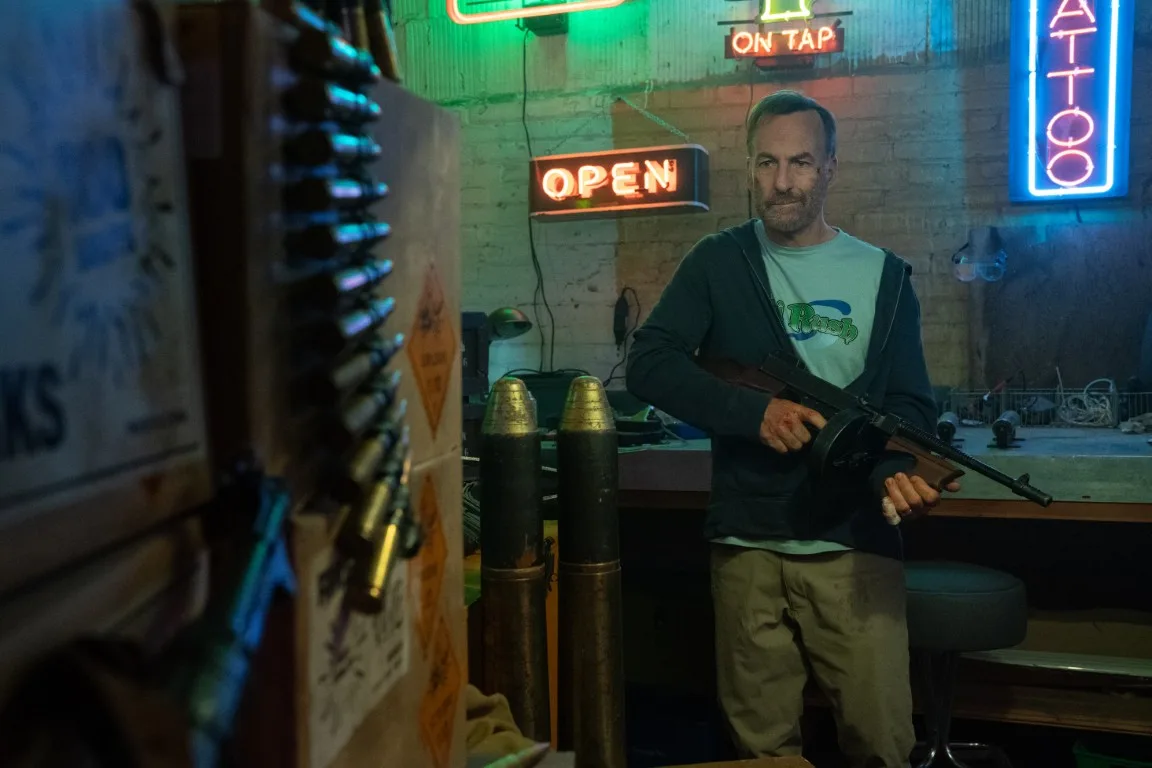
One of the things I find most interesting about Hutch, and you as an action star, is your ability to soak up a lot of punishment. The “Nobody” films seem to be about how much you and Hutch can survive a beating as much as you can dish one out. That’s his superpower.
One of the things I wanted to do is get hurt. I wanted to make mistakes, hit my head on things. Like the bus fight in the first movie, and happens again on the duck boat. I wanted to miss punches and get hurt and physically degrade over the course of the film. Because if you get hit that much, you start to weaken, and I wanted to show that. It raises the stakes. He’s made of flesh and bone. But one of the things I discovered that’s kind of interesting is that you can only get so weak. You need to stay strong and show inner strength. Because it’s hard to cheer for a character who’s losing faith in himself. I like a little of it, but you gotta be careful how far you get to the edge of “he’s gonna give up,” right? He’s the hero of the movie. You need to believe that he believes he’s gonna win.
That was part of the original pitch, in the bus fight. He gets thrown out of the bus. He could walk home! But he doesn’t take it.
That’s Hutch in a nutshell. And speaking of that bus fight, I was pleased to see Daniel Bernhardt show up again as a different character.
He’s the man who trained me! Anytime Daniel’s around, I’m gonna look good. He’s got a new movie, a pure genre film called “Deathstalker,” which just played Locarno and sold.
Anytime I see him show up, I think to myself, “I know some character actor’s going to look really good in a fight.”
All those 87North guys, the stunt group I’m surrounded by, are amazing.
Is there a “Nobody 3” or “4” planned?
We got so lucky with this one, it’s set four years after the first story and was shot four years after. The actors are four years older. I think this series is about a family and the way the relatable tensions within that family dynamic change over the years. So with sequels, we could rejoin the family every few years and see where they’re at.
Like those Michael Apted “7 Up” documentaries, but again, with more punching.
I think it might go even further than that. Those are my ideas.

